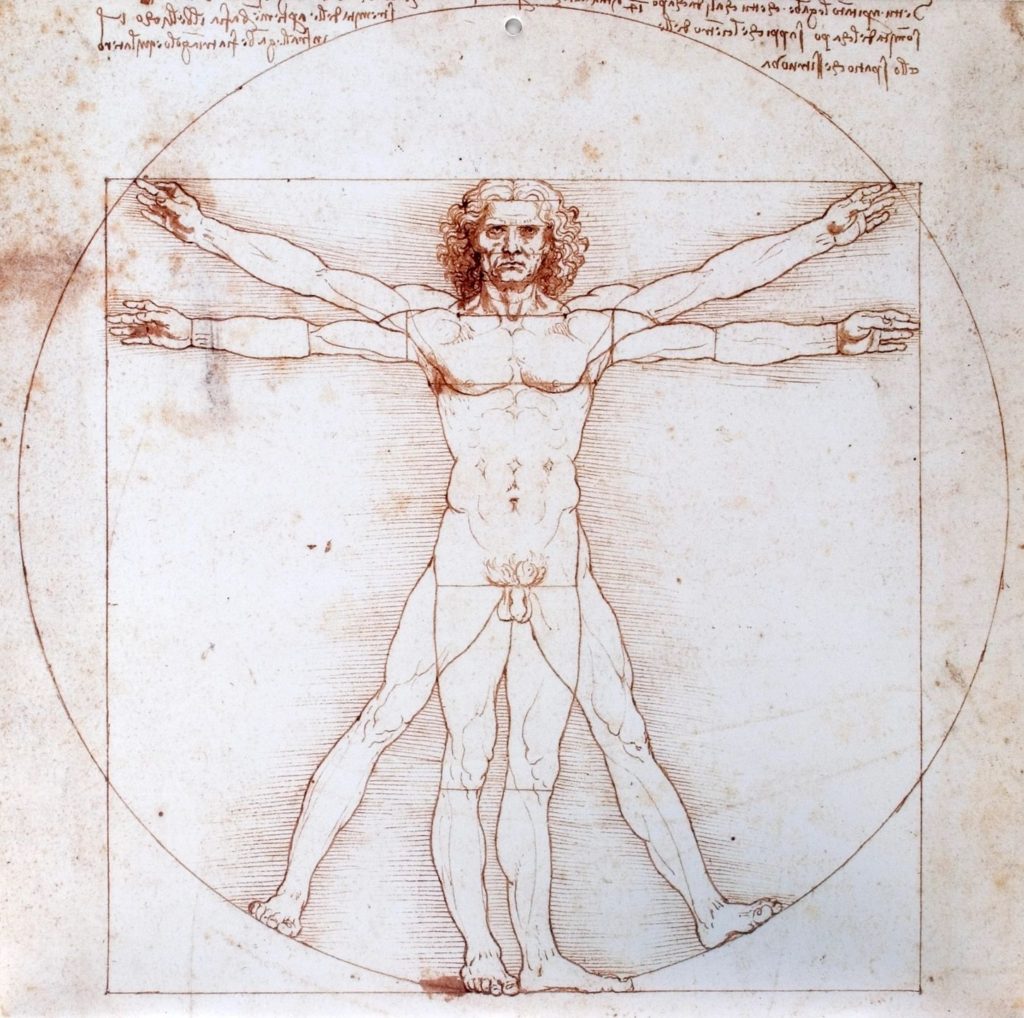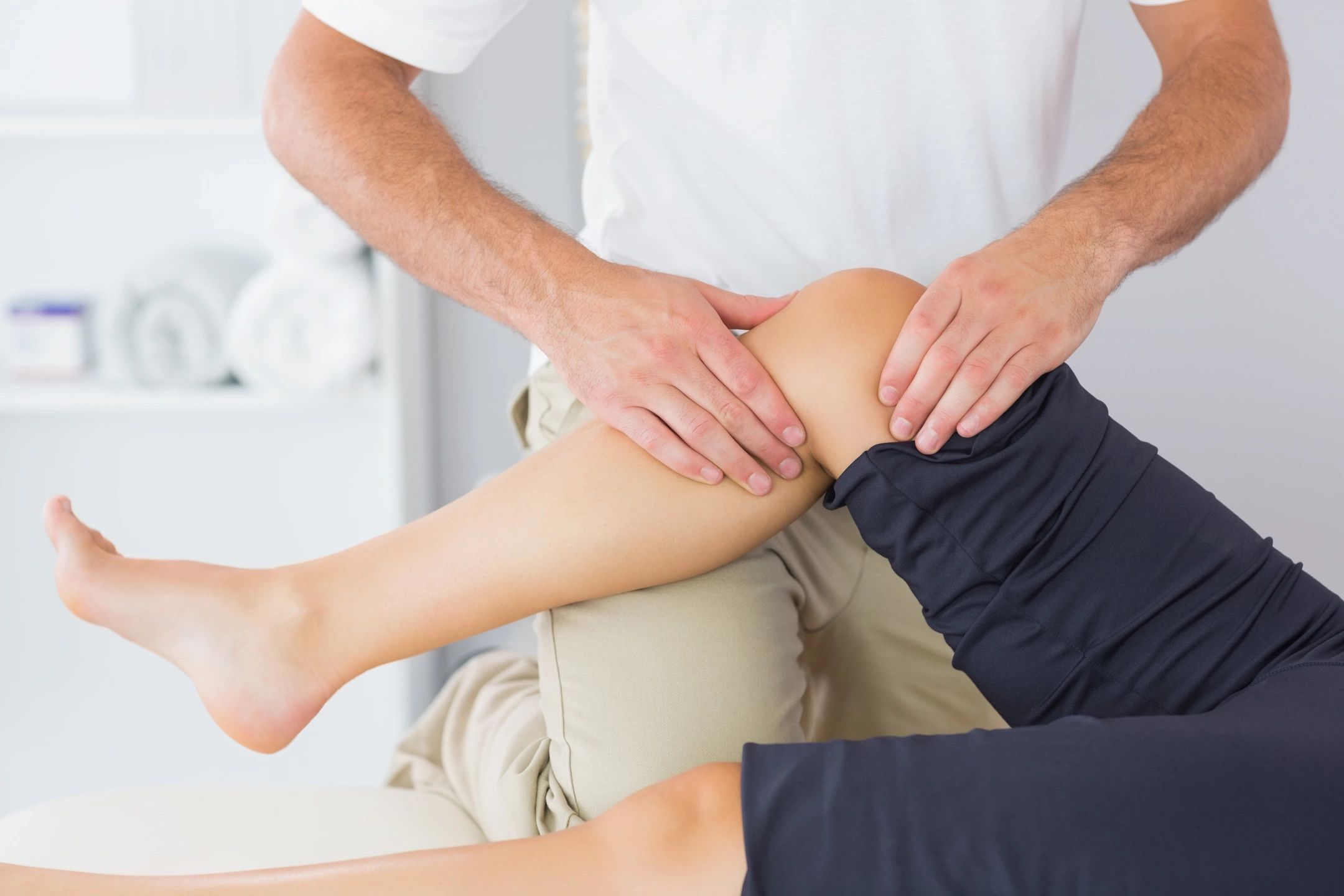CranioSacral Therapy
CranioSacral Therapy (CST) is a holistic treatment technique developed by osteopathic physician and researcher John E. Upledger, D.O. O.M.M. to enhance body functioning and assist with discomfort and alleviating pain.
The Cranial sacral system possesses its own physiological rhythmic system and maintains all the characteristics of a closed hydraulic system. It is functionally related to the central nervous system, the autonomic nervous system, the neuromusculoskeletal system, the lymphatic system, the vascular system, the respiratory system and the endocrine system. The cranial sacral system is characterized by rhythmic, mobile activity which persists throughout life and is vastly different to the physiological motions of breathing and cardiovascular activity. The system is comprised of the cerebrospinal fluid (CSF) which surround the brain and spinal cord; providing protection and bringing nutrients in and taking away waste products fro the cells in the brain and spinal cord. The membranes attach to the skull, face and mouth bones (cranium) and extend to the tailbone (sacrum). The body is continuously seeking a state of homeostasis, which rely on feedback loops to self-correct and self-balance. An imbalance or restriction may contribute to any number of sensory, motor or neurological deficits. Because the autonomic nervous system plays a large role in the homeostatic activity of the body, when automatic flexibility is restored, may homeostatic mechanisms are made more effective. The practitioner impacts conditions inside and outside of the system by palpating specific areas on the body to bring the body into homeostasis for optimal functioning. CST is a gentle method of intervention which detect, and corrects restrictions, encouraging the natural healing abilities of the body to return to balance.
CST is an effective intervention for treating:
- Headaches and migraine
- Chronic neck and back pain
- Central Nervous system disorders
- Concussions and Traumatic Brain Injuries
- Alzheimer’s and Dementia
- Scoliosis
- Immune Disorders
- Post Traumatic Stress Disorder
- Attention deficit Disorder
- Autism Spectrum Disorder
- Fibromyalgia
- Heart Disease
- Rheumatoid Arthritis
- Chronic Sinus infections
- Dyslexia and other learning disabilities
- Chronic Fatigue Syndrome
- Depression
- Gastroenteritis (inflammation of the stomach lining or small intestine)
- Motor coordination difficulties
- Temporal mandibular Dysfunction
- Sleep Disturbances
- Anxiety
- Sensory Defensiveness and Arousal modulation difficulties
- General Health Maintenance
CranioSacral Therapy is a complementary modality to all other health care approaches, without the use of prescriptions and is non-invasive.
Tactile Integration Protocol
Touch is a significant, essential part of development of a person, beginning at birth. Touch is the catalyst for the healthy development of cognitive, social, emotional and physical spheres of an infant. The two types of receptors connected with touch are protective and distinguishing. Protective receptors are functioning until a person is touched and then the distinguishing receptors are turned on. The somatosensory cortex is responsible for tactile processing and all beings have their own sensitivity threshold for sensory impulses coming in from the environment. Excessive amounts of information and the impossibility of interpretation of this information may lead to the development of disorders. These disorders can manifest as dysfunction with balance, deep sensibility system, the superficial sensibility system and hypo / hyper functioning. The proprioceptive system otherwise known as the deep sensibility system, is connected with the muscular system and movement control. The proprioceptive receptors are in muscles, tendons, and ligaments and send information to the brain about our body position and the position of its different parts in relation to each other and their speed and acceleration of space. The skin is directly connected with the sense of proprioception because of the skin’s receptors register the pressure and intensity of an impulse. The propriception sense along with the tactile system permits a person to learn, examine, evaluate and understand the environment with tactile impressions delivered to the brain. The purpose of tactile integration is to optimize the brain stem, relax defensive reflexes, and open the entire system to an experience of safety from which trust can grow and healthy development can proceed. The following benefits can be gained from tactile integration sessions:
- Optimal brain functioning
- Enhancement of sensory system integration
- Optimal integration of reflexes - lifelong, proprioceptive, infant, facial, auditory and visual
- Supply positive changes in learning and development
- Provide clients with pleasant experience of safe, respectful and loving touch
Reflex Integration
Primary reflexes are automatic and stereotypical motor responses, directed by the brainstem and executed without cortical involvement. While most reflexes integrate fully by the age of three, retained reflexes may contribute to vision problems, learning difficulties, coordinated motor movements, sensory processing and vestibular processing. Trauma, long-term and recent trauma, developmental delays and abnormal pathology may contribute to non-integration of primary reflexes. The neurophysiology of a healthy nervous system is such that each reflex must integrate on the sensory-motor level; a specific sensory stimulus must cause a corresponding motor or glandular response.
To understand the links between reflexes and dysfunction, an integrated reflex system is comprised of a three-part circuit. In Part I, sensory stimulation to the tactile, proprioceptive, visual or auditory system through the afferent nervous system, recognizes a stimulus and transmits it to the brain. In Part II, brain processing interprets signals from the sensory systems and activates appropriate pattern of response oriented either toward protection and survival or toward development. In Part III of the reflex circuit, a motor response occurs.
Any disruption or error in the three-part reflex circuit results in a poorly integrated reflex, linked to dysfunction, trauma or developmental delays. The sensory organs may fail to communicate with the brain, the brain fails to communicate with the muscles, tendons and ligaments, the brain-body system mixes or confuses the sensory information and the motor responses and intentional movement.
Fully integrated reflexes promote:
- Healthy protective / survival reactions
- Healthy Self-regulation
- Gross and Fine motor Development
- Transition from reflex patterns into intentional movement and motor skills
- Refinement of controlled, skillful and intentional movement
- Enhanced memory, attention, focus, and perseverance
- Motivation and confidence
The client may be assessed for non-integrated reflexes as an addition to the treatment plan, to facilitate optimal gross and fine motor planning, ocular-motor skills, sensory integration and defensiveness with respect for enhanced occupational performance. The motor movements are re-patterned within the body, to integrate the non-integrated primary reflexes. Education and training are taught to integrate the reflex. Common non-integrated reflexes are:
- Asymmetrical Tonic Neck Reflex
- Babkin Palmomental (Palm-Mouth Reflex)
- Babinsky Reflex
- Core Tendon Guard
- Fear Paralysis
- Foot Tendon Guard
- Robinson Grasp
- Spinal Galant
- Spinal Perez
- Symmetrical Tonic Neck Reflex
- Tonic Labyrinthine Reflex
Primary reflex integration is complementary to all other health care approaches, without the use of prescription and is non-invasive.



